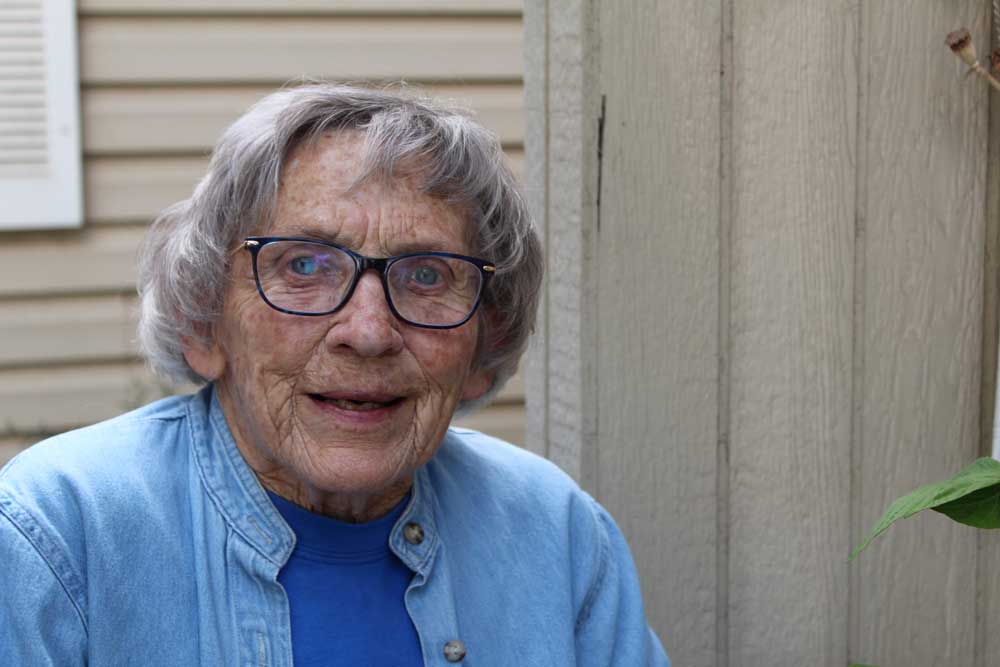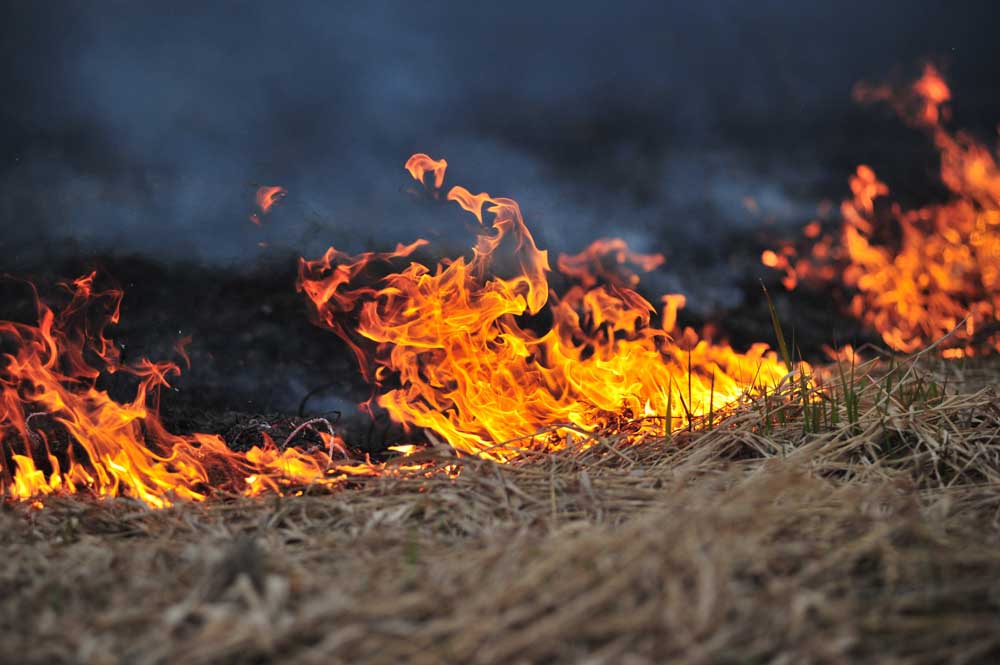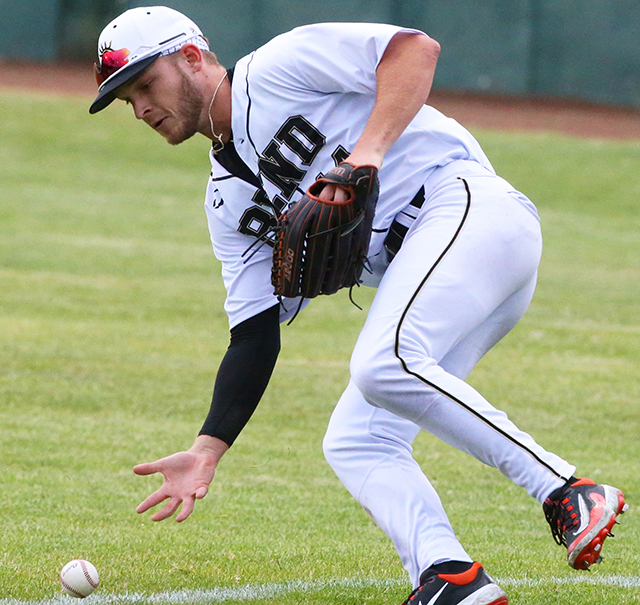Gardening corner: Gardening Glossary 101 for the uninitiated
Published 4:00 am Sunday, January 21, 2024

- Liz Douville
If you are going to walk the walk, you need to talk the talk. Saying one thing but meaning another can cause confusion when trying to describe plant symptoms or describing a plant you want to purchase at a nursery. Most importantly, you just can’t go through life as a gardener talking about, “the plant that comes up by itself.”
Learning some basic botanical nomenclature will also give you a clue as to what kind of plant growth to expect. With a little bit of this and a little bit of that and with some humor added for a giggle, off we go into the pages of a Gardening Glossary 101.
Annual — a plant that completes its life cycle in one growing season. In other words: it blooms, it dies.
Balled and Burlapped (B&B) — a plant whose root ball is enclosed with burlap or a synthetic material. After the plant has been set into the planting hole, remove rope and twine, pull the burlap back and cut away loose burlap. The burlap under the root ball can stay in place. Vinyl or treated burlap should be removed completely.
Biennial — a plant that germinates and produces foliage and roots during the first growing season, then produces flowers and seeds the second growing season. Delphinium, foxglove, hollyhock and verbena are biennials. To insure blooms for a third season, let the plants go to seed.
Cole crops — a group of vegetables belonging to the cabbage family including cauliflower, broccoli, cabbage, turnips and brussels sprouts; often mistakenly referred to as cold crops.
Damping off — a disease caused by many different organisms. The most obvious is when the stem collapses at or near the soil surface and the seedling topples. Another type rots seedlings before they emerge from the soil or causes seeds to decay before germinating.
Deadhead — the process of removing spent flowers to encourage continued blooming. Not to be confused with what you call your teenager who neglects doing homework.
Determinate — a plant growth habit in which stems stop growing at a certain height and produce a flower cluster at the tip. A term used to describe the growth habit of tomatoes that produce one major crop as opposed to indeterminate varieties that continue production throughout the season.
Dirt — the residue found under the bed and behind the refrigerator, not to be confused with soil. (See soil)
False Spring — the first day in March that soars to 70 degrees and we plant spring flowers only to find them killed by frost during the night.
Gardening —1. The art of killing weeds and bugs to grow flowers and vegetables for animals and birds to eat. 2. The activity that establishes outdoor restaurants operated by charity minded amateurs in an effort to provide healthful, well-balanced meals for insects, birds and animals.
Growing Season — period between beginning of growth in spring and the cessation of growth in the fall. Contrary to what some Central Oregon gardeners believe the growing season ranges from 65-95 days not 5-10 days. Calculate an approximate maturity date for Central Oregon by adding 14 days to the maturity time listed on the seed packet. If the maturity date goes over 95 days you may not get a crop unless you are vigilant about providing frost protection.
Hardiness — refers to the ability of plant material to withstand an average minimum temperature. Based on the official 2023 United States Department of Agriculture (USDA) Plant Hardiness Zone Map for Oregon, Bend is listed as a Zone 6a-6b.
Nitrogen(N) — a primary plant nutrient, especially important for foliage and stem growth. Nitrogen is the first number listed in a fertilizer formula. (See phosphorus, potassium)
Nursery — the only known place where money grows on trees.
Phosphorus(P) — a primary plant nutrient, especially important for flower production. In the fertilizer formula phosphorus is the second number. (See nitrogen, potassium)
Pinch — To remove a growing tip from a stem, causing auxiliary shoots or buds to develop. Not to be confused with what may happen to female tourists in Italy or France.
Potassium — a primary plant nutrient, especially important for developing strong roots and stems. In fertilizers it is the third number in the formula (See nitrogen, phosphorus)
Row cover — a sheet of synthetic material used to cover plants in order to retain heat. Do not use plastic as it will draw in the cold.
Soil — a natural, biologically active mixture of weathered rock fragments and organic matter at the earth’s surface. Central Oregon soils are sandy in texture and contain a minimal amount of organic matter. This is not what is found under the bed. (See dirt)
Xeriscaping — a landscape that conserves water, often referred to as water—wise or water-smart gardening. Most xeric plants need minimal supplemental water after an establishment period of 18-24 months after planting unless there is extreme drought.
Sources: Sustainable Gardening, The Oregon-Washington Master Gardener Handbook
“Most importantly, you just can’t go through life as a gardener talking about, ‘the plant that comes up by itself.’ “








